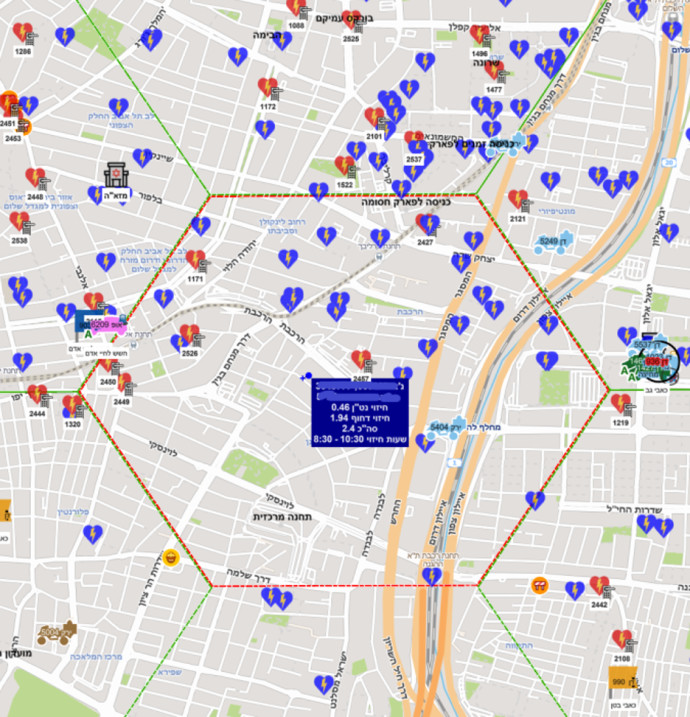Artificial intelligence has been a hot topic lately, with tech experts and government officials around the world warning that, if left unchecked, AI could pose serious threats to society and be used as a tool for disseminating disinformation.
On the other hand, AI is already being used today in Israel to save lives by two of the country’s three emergency services, the Israel Fire and Rescue Authority and Magen David Adom, which oversees emergency medical response.
“There’s no question that AI is enabling MDA and the Fire Service to respond more quickly to emergencies, arrive to the scene better informed about the incident, and with the most appropriate resources,” said Ido Rosenblat, director of Magen David Adom’s technology division, which developed both MDA’s and the Fire and Rescue Authority’s dispatch systems.

The technology team at MDA also created an AI-driven interconnect that links both organizations’ dispatch systems to the police and IDF.
“If an emergency requires fire personnel, MDA, and the police – those agencies will be dispatched automatically through AI regardless of which of the agencies initially receives the call,” Rosenblat said.
As a result, if Magen David Adom receives a call about a person injured in a shooting, police will simultaneously be dispatched to the scene, along with MDA’s paramedics and ambulances, without MDA actually having to call the police.

For calls involving either MDA or the Fire and Rescue Authority, AI will also determine the ambulances’ and fire trucks’ routes to the emergency, choosing the quickest ways there based on real-time traffic data.
A call-taker at either organization has the ability to override the AI system’s decision, but rarely would that be prudent, Rosenblat says.
“We tested this system for a long period of time before it was fully implemented and what was clear is that the AI system can make faster decisions and, based on the resources needed to respond to the emergency, often more appropriate decisions,” he said. “AI saves time and reduces the probability of errors. And that ultimately can save lives.”
A significant feature of the system is its ability to aggregate a huge amount of data and see patterns of when specific types of emergencies occur at specific times and locations. This “predictive learning” ability enables the system to proactively move assets – whether it’s paramedics in rapid-response vehicles or actual ambulances – into specific sections on the map where the next incident is most likely to occur.
Viewed anecdotally, emergencies seem to occur randomly. But when the data is aggregated, clear patterns emerge, with heart attacks, strokes, falls, car accidents, and other emergencies happening far more frequently at specific times of day and in specific places – falls at home before or after working hours, car accidents during the morning or evening rush hour, or heart attacks at the beginning of the work week.
“By moving resources into the areas where the next event will most likely occur, we’re again reducing response times and potentially saving even more lives,” Rosenblat said.
As for the current buzz surrounding the use of artificial intelligence, Rosenblat, a proponent of its use in EMS technology, says that while concerns about AI are not unfounded, it’s like any other new technology – it can be used to make life better or for nefarious purposes.
“Nobody would suggest that we ban the internet, which makes it possible for businesses to collaborate around the world and which was a lifeline for people during the pandemic shutdowns,” he says.
“And yet, we see today that the internet can be a source of disinformation, so any technology can have a negative impact. The responsibility we have with AI is to harness its potential as an agent of good, something that can improve lives, or – as MDA and the Fire and Rescue Services are using it – to save them.”
This article was written in cooperation with MDA
